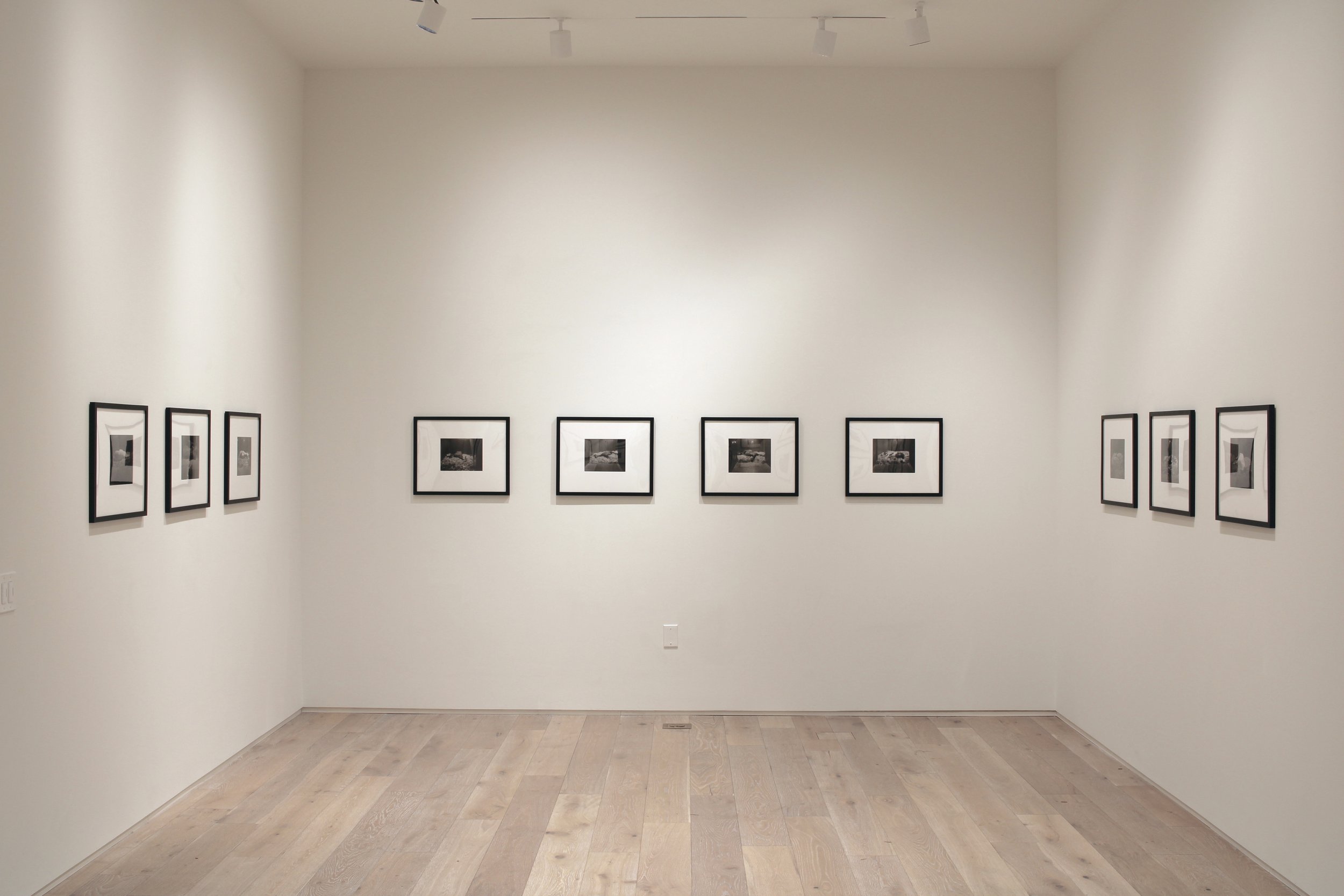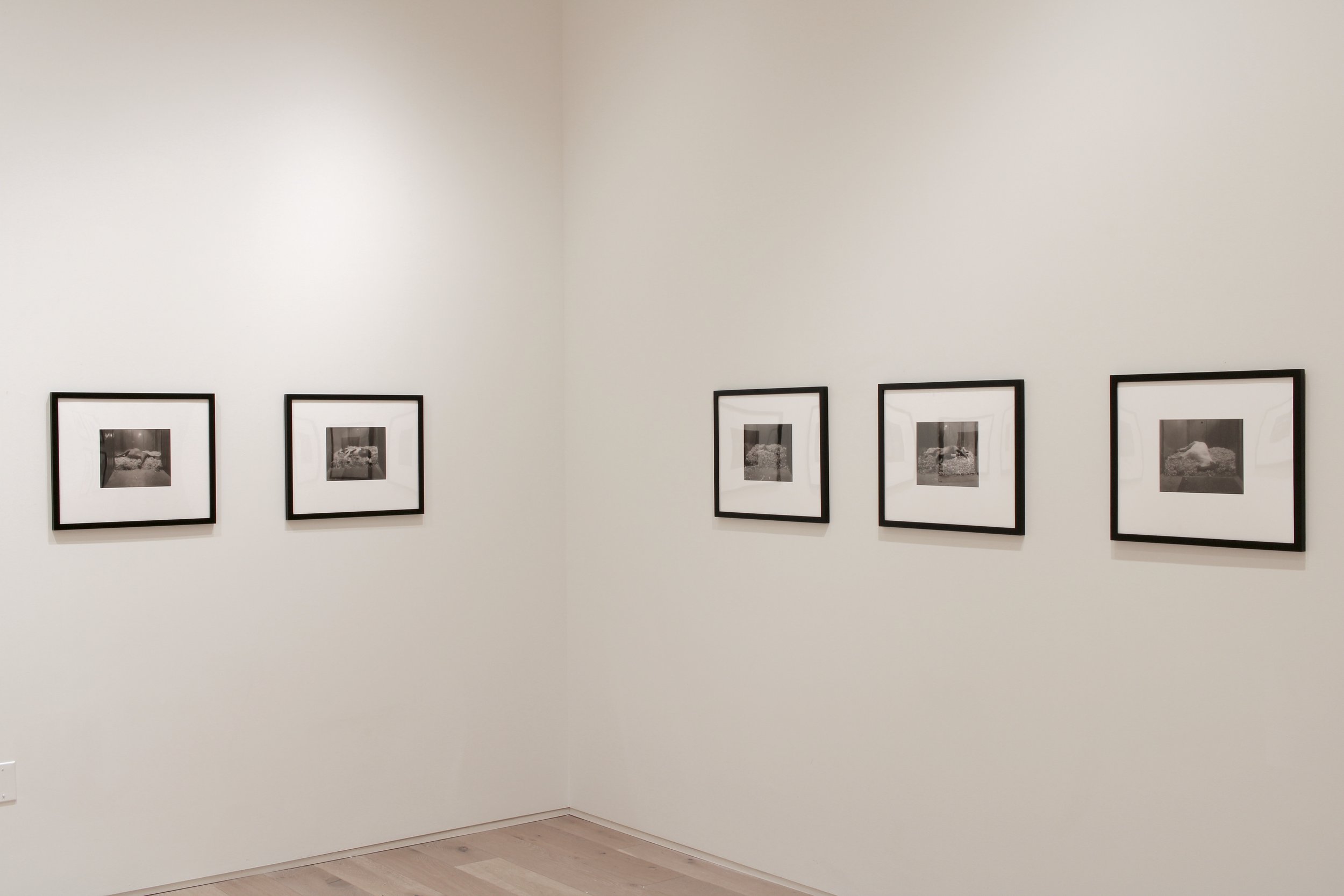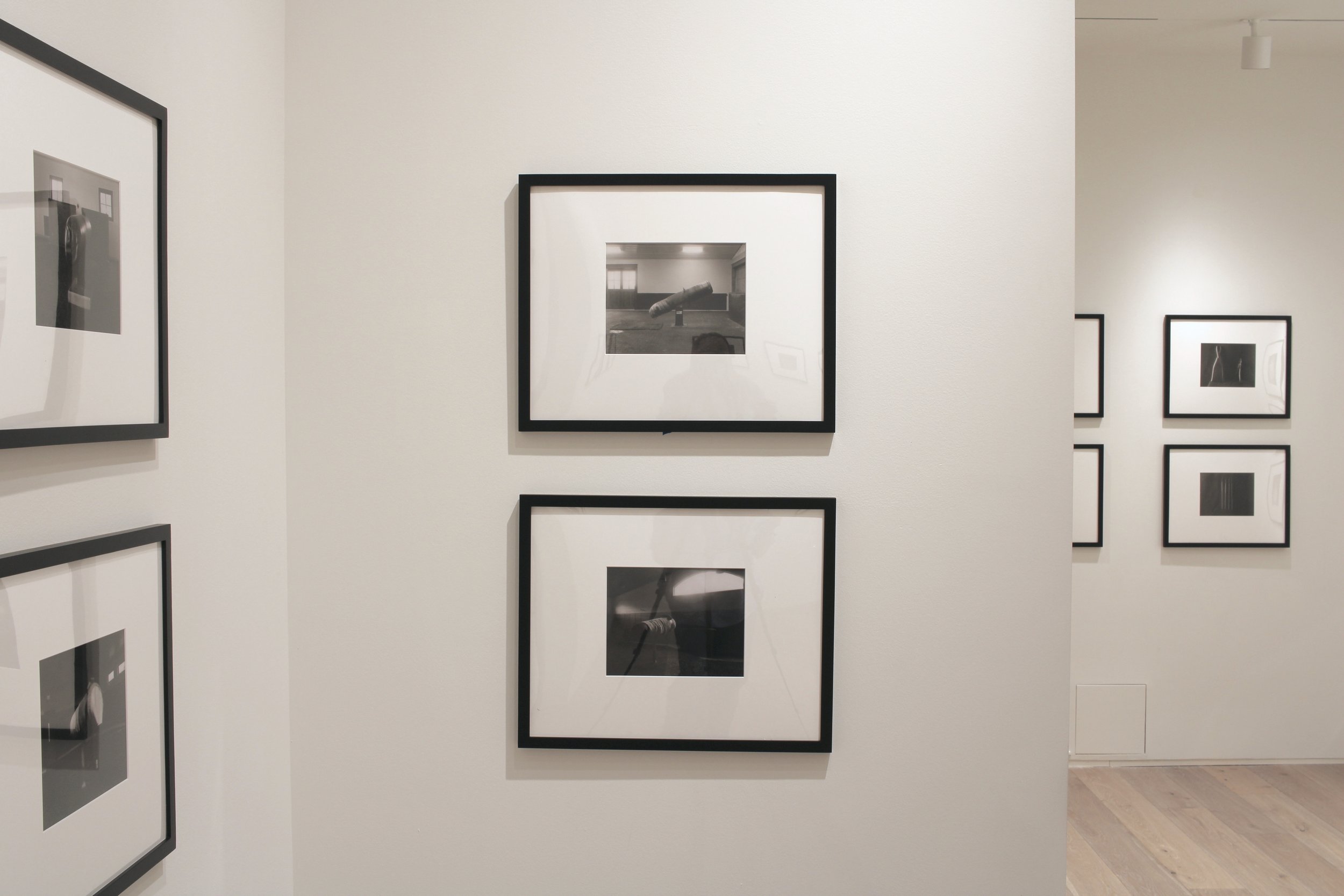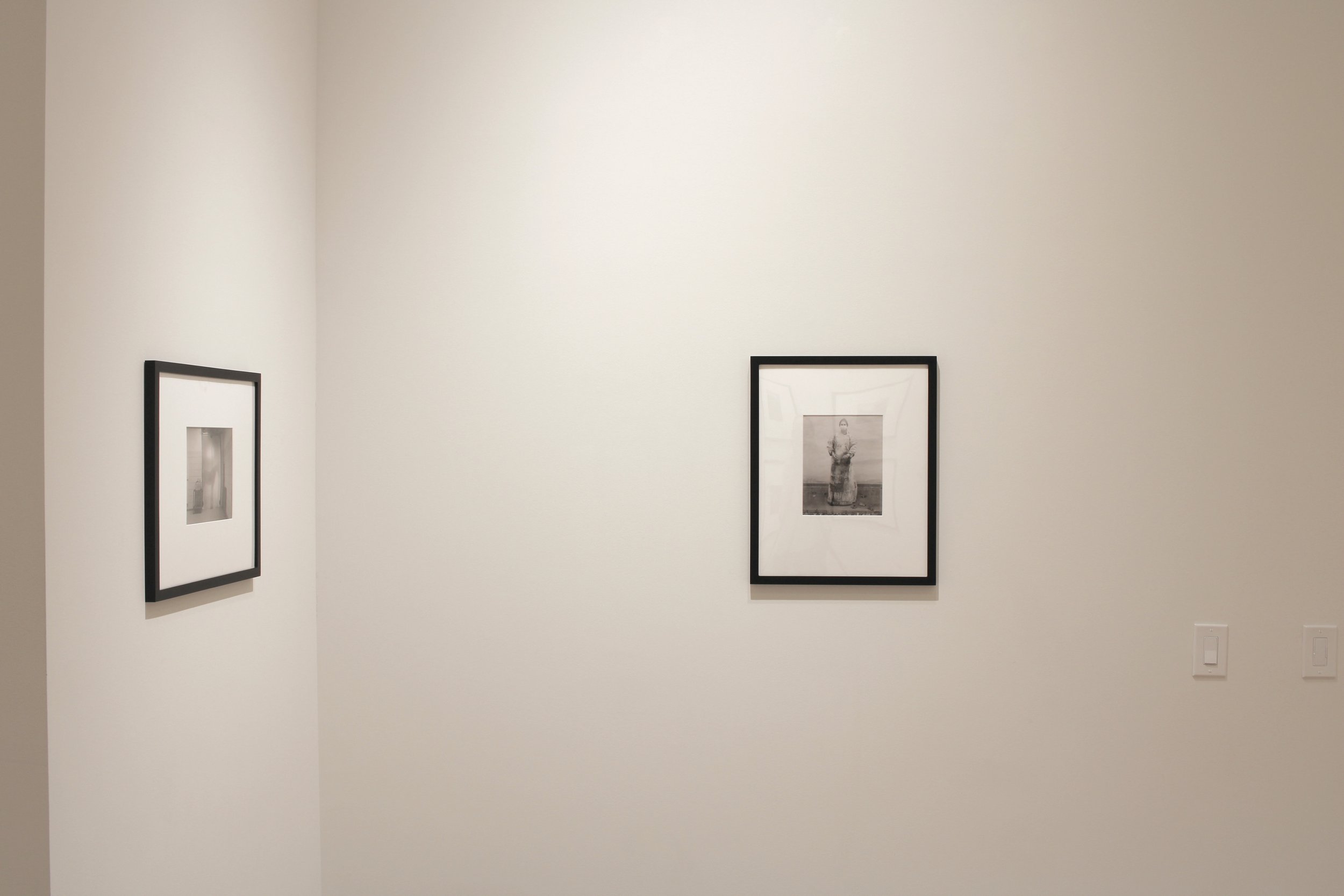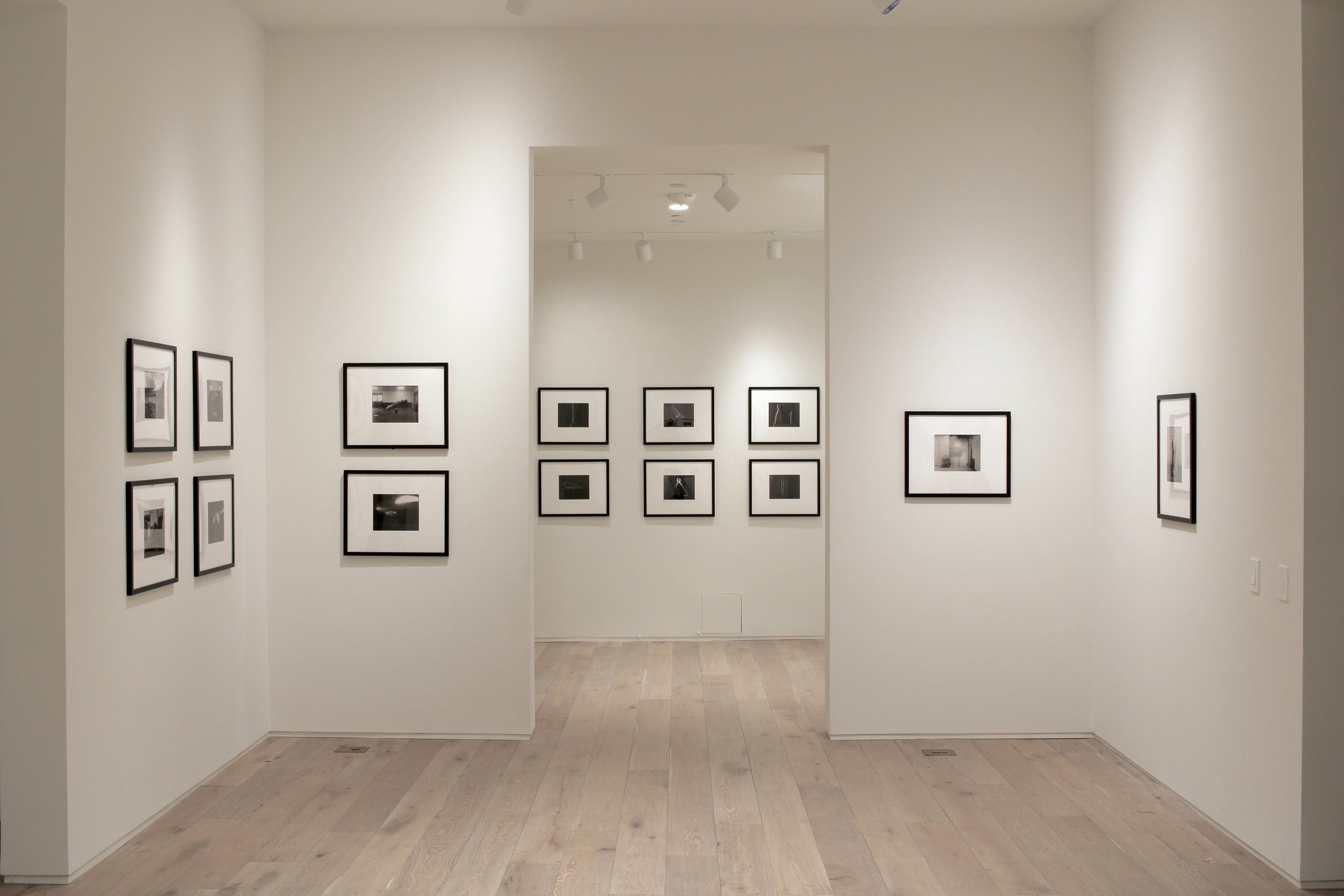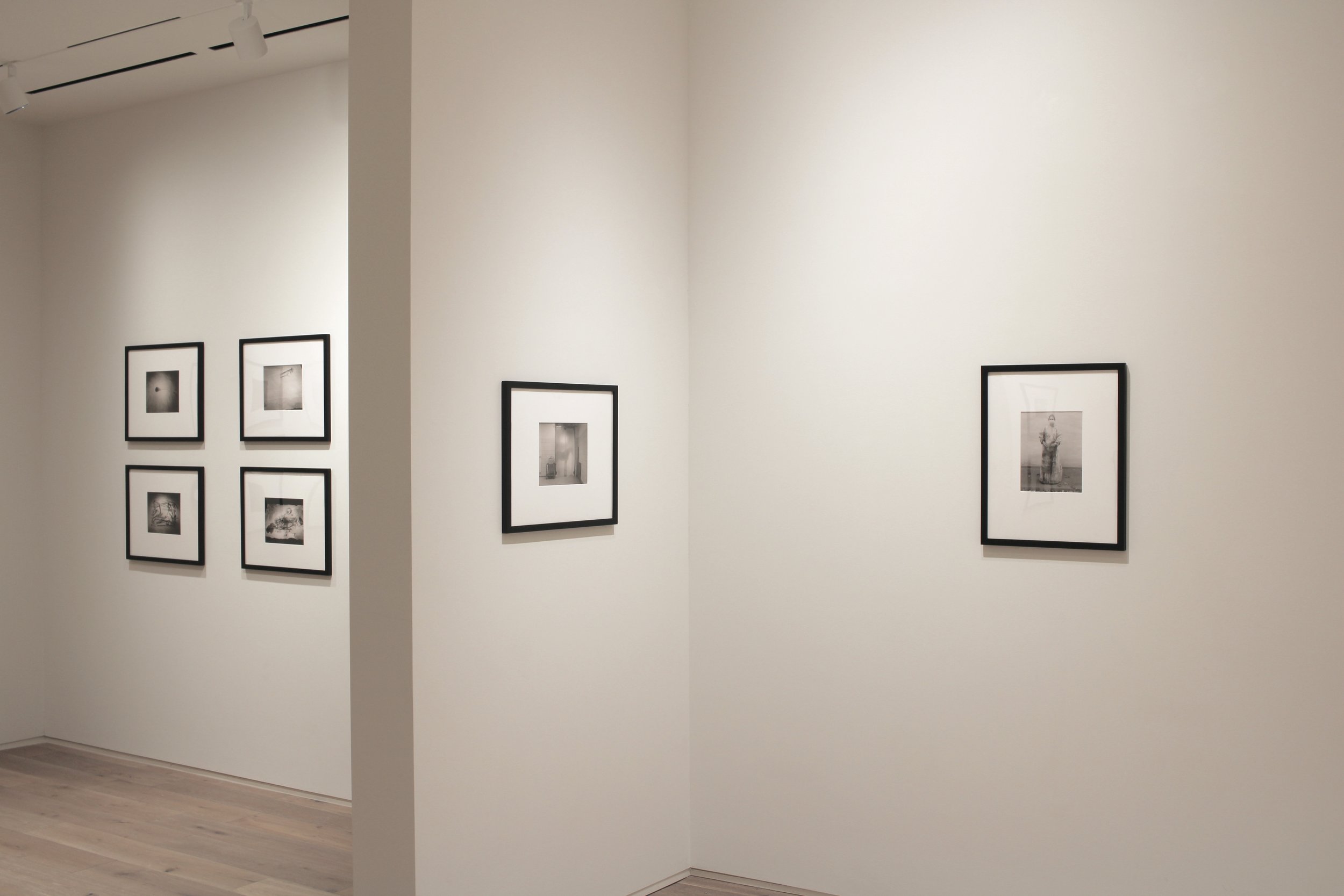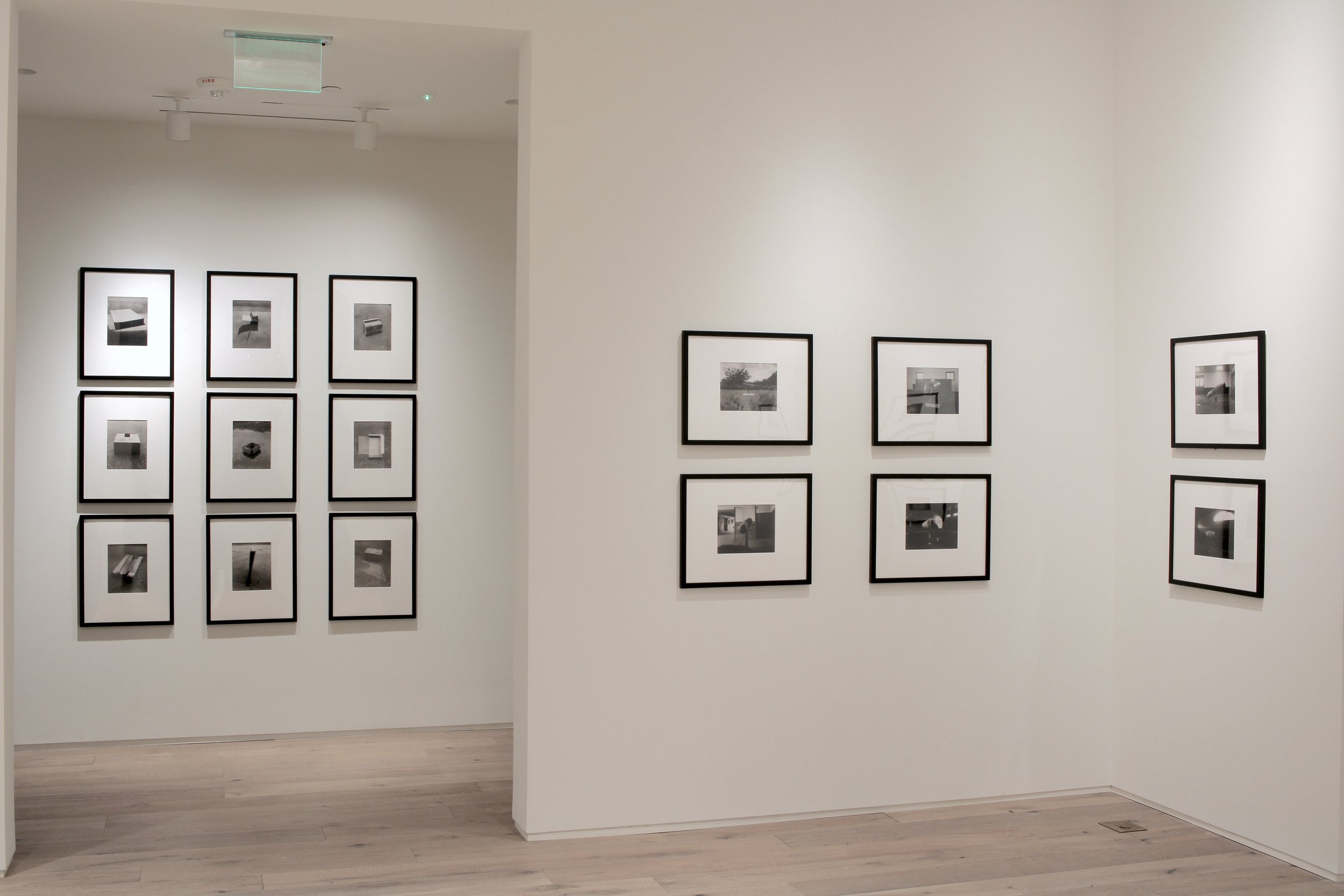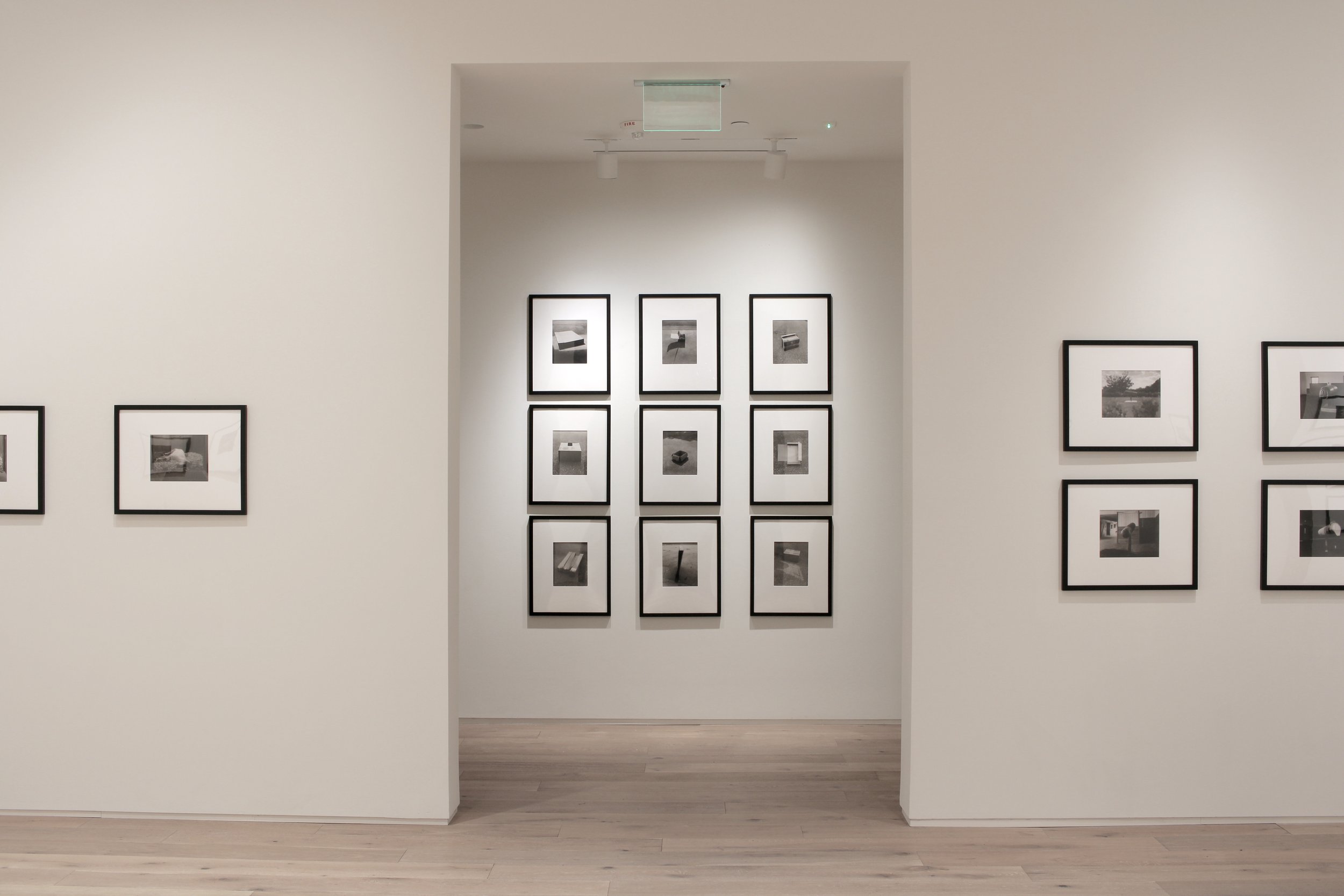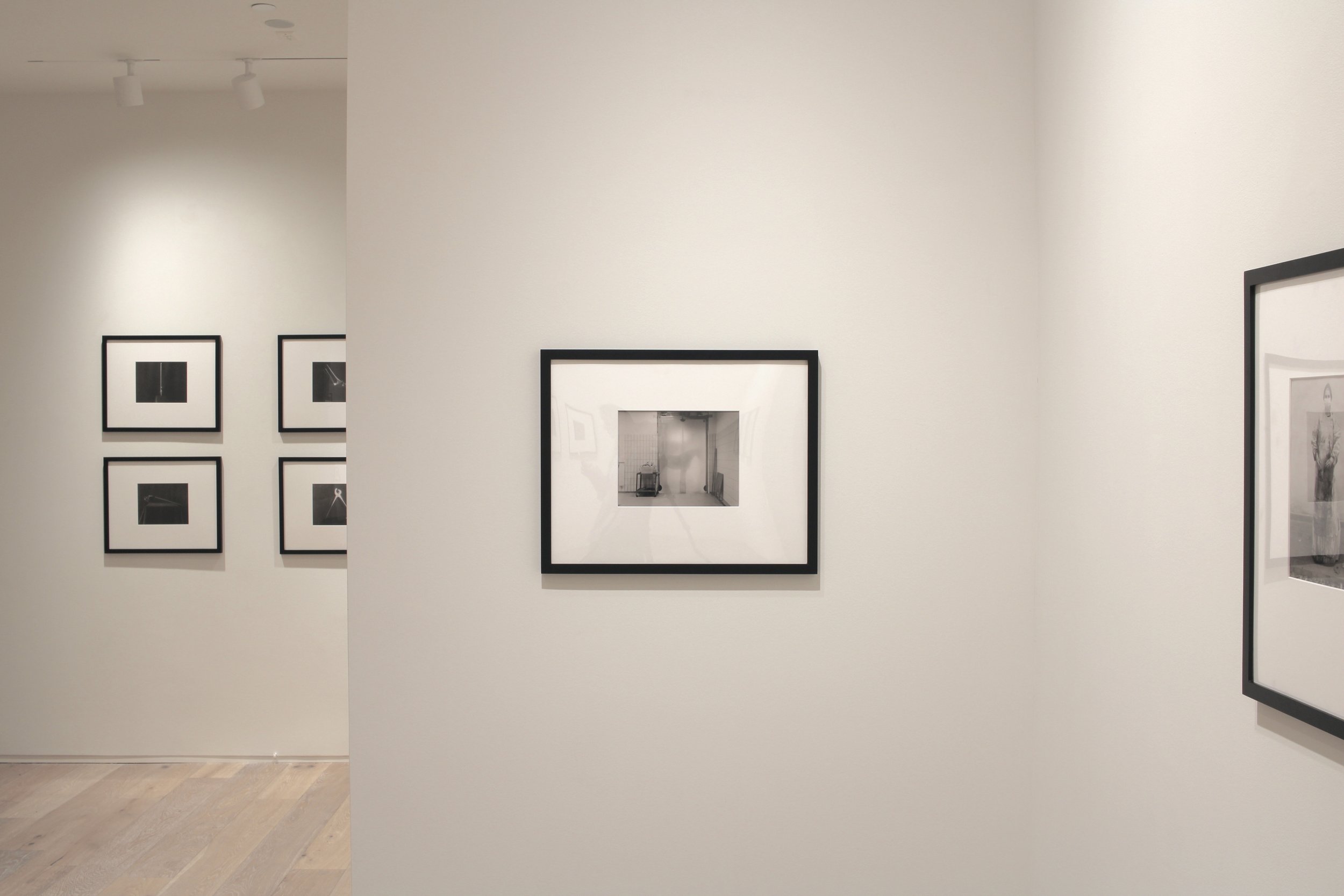Theatrum Equorum by Andrea Modica
Andrea Modica
Theatrum Equorum
March 22 — May 15, 2024
Theatrum Equorum represents eight-years of Andrea Modica’s photographic encounters at a Northern Italian equine clinic—where veterinary surgeons undertake routine and life-saving procedures—and at equine breeding facilities throughout the US. Through the lens of her large-format camera, Modica renders horses uncanny, revealing a curious and majestic vulnerability. In studies both tender and unsettling, the artist captures post-surgical animals in states of recovery from procedures like fracture repair and tooth extraction and highlights surgical tools essential to the healing process. Still lifes of pre- and post-operative surgical instruments—pristine or bloodied, methodical or disarrayed—imbue these states of induced tranquility with a sense of unease. This series also features Modica’s first foray into moving images: intimate portraits of horses as they drift into surgical anesthetic sleep.
Alongside Theatrum Equorum, Modica’s series 2020 chronicles months of pandemic lockdown through images of progressively degrading cardboard boxes collecting in the artist’s driveway, each identified by its contents and date of receipt. Here, the seemingly familiar and mundane form of a cardboard box emerges peculiar and exposed, capturing the uncertainty of this period.
Since its inception, photography has been used to archive, inventory, and classify. One of the inventors and earliest practitioners of the medium, William Henry Fox Talbot, published The Pencil of Nature (1844), in which he documents collections of objects remarkable for their “strange and fantastic forms.” This same impulse is present in Modica’s work; 2020 presents a visual study of pedestrian objects as they transmogrify through exposure to time and the elements, while Theatrum Equorum explores specialized veterinary surgical tools and equine breeding equipment, as pictured in the “phantoms” sequence.
Theatrum Equorum also conjures the significant history of the surgical theater motif in art of our region. Philadelphia painter and photographer Thomas Eakins debuted Portrait of Dr. Samuel D. Gross (The Gross Clinic) (1875) at the 1876 Centennial Exhibition, though the selection committee deemed Eakins’ naturalistic portrayal of an in-progress surgery too provocative to appear in the art building (it was instead exhibited in a model building of a military field hospital). The painting has since become an icon of American Realism—and of the City of Philadelphia—and is a highlight of the Philadelphia Museum of Art’s collection. Modica’s series highlights the veterinary surgical theater as a site where dramas of equine medicine unfold with disquieting dignity, bathed in luminosity reminiscent of Renaissance painting.
Text by Deborah Barkun, Ph.D. Creative Director, Berman Museum of Art; Director, Museum Studies; Associate Professor of Art History
View all work
This exhibition is part of Hodges Taylor’s Organizer Series

